This is an artist's picture of the Harvard Observatory placed on the background of a bunch of novae. Novae are the stars that Fleming discovered.
Click on image for full size
Windows to the Universe original image
Williamina Fleming
Williamina Paton Stevens Fleming was a Scottish-American astronomer who lived
from 1857-1911. She discovered 10 of the 24 novae then known. Novae are
stars that suddenly become very bright then fade over a period of a few
months or years.
She also discovered over 200 variable stars. Variable stars are those that
change in brightness over time.
You might also be interested in:

How did life evolve on Earth? The answer to this question can help us understand our past and prepare for our future. Although evolution provides credible and reliable answers, polls show that many people turn away from science, seeking other explanations with which they are more comfortable.
...more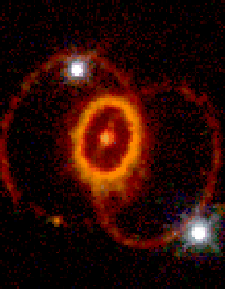
Stars don't last forever. Occasionally, a star bigger than our Sun will end its life in a huge explosion, called a supernova. This explosion happens because the center, or core, of the star heats up very
...more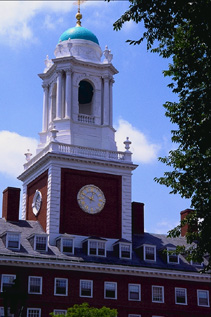
Henrietta Swan Leavitt was born in Massachusetts in 1868. She became interested in astronomy in college. Henrietta started working at Harvard's Observatory for 30 cents an hour. Would you like to work
...more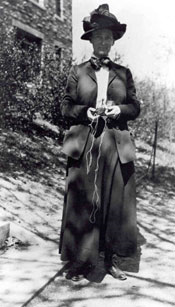
Florence Bascom, who lived from 1862 until 1945, was one of the most important geologists in the United States. She studied mineral crystals by looking at them very closely with a microscope. She also
...more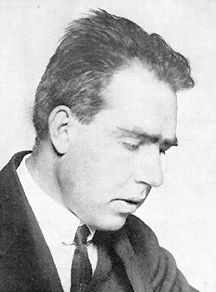
Niels Bohr was a Danish physicist who lived between 1885-1962. He studied the structure of atoms and developed a new theory about how the electrons in an atom were arranged. After helping build the first
...more
Marie Curie was a physicist and chemist who lived between 1867-1934. She studied radioactivity and the effects of x-rays. She was born Maria Skłodowska in Warsaw, Poland. Women could not study then
...more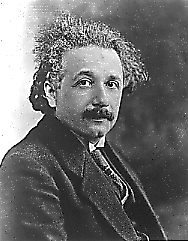
Albert Einstein was a German physicist who lived between 1879-1955. He is probably the most well-known scientist in recent history. Have you heard of Einstein's famous theory? It is called the theory
...more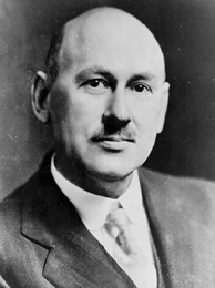
Robert Goddard was an American physicist who lived between 1882-1945. He studied rockets and showed how they could be used to travel into outer space and to the Moon. Goddard experimented with different
...more















